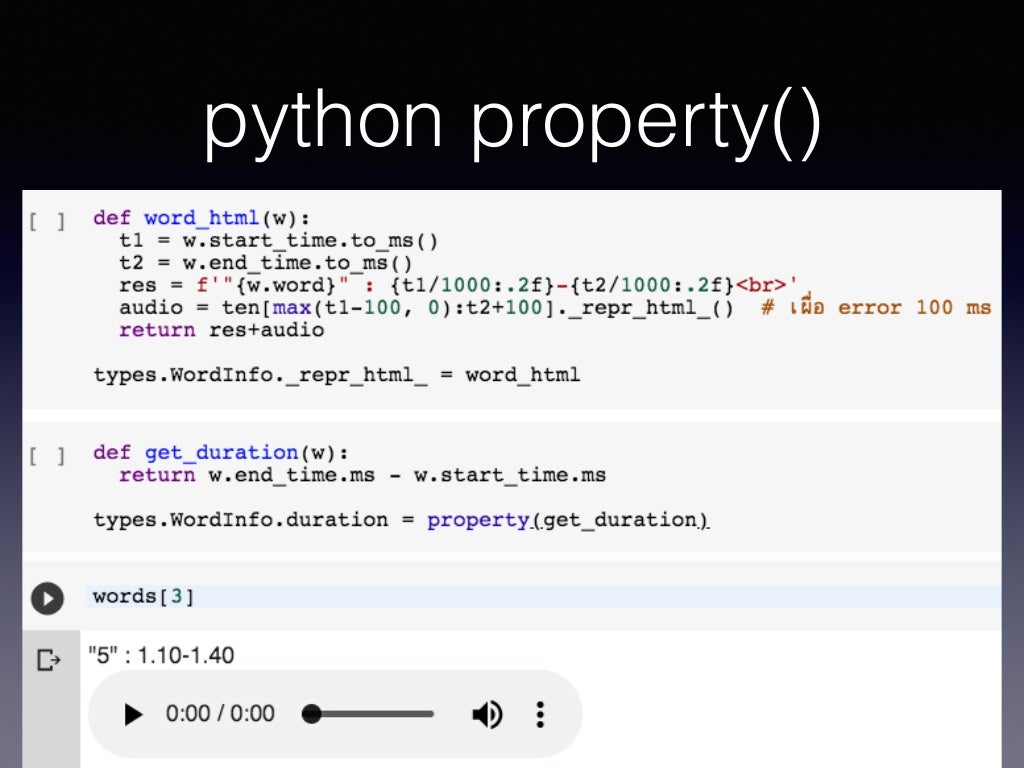

'Ocp-Apim-Subscription-Key': subscription_key Subscription_key = 'REPLACE_WITH_YOUR_KEY' Python sample # Request module must be installed. Var result = await client.PostAsync(, null) Ĭonsole.WriteLine("Token Uri: ", ) UriBuilder uriBuilder = new UriBuilder(fetchUri) Private async Task FetchTokenAsync(string fetchUri, string subscriptionKey)Ĭ("Ocp-Apim-Subscription-Key", subscriptionKey) This.token = FetchTokenAsync(FetchTokenUri, subscriptionKey).Result Public Authentication(string subscriptionKey) Public static readonly string FetchTokenUri = If your subscription isn't in the West US region, change the value of FetchTokenUri to match the region for your subscription. Pass your subscription key for the Speech service when you instantiate the class.
Speech to text api how to#
This C# class illustrates how to get an access token. H "Ocp-Apim-Subscription-Key: YOUR_SUBSCRIPTION_KEY" H "Content-type: application/x-www-form-urlencoded" \ This example is currently set to West US. Make sure to use the correct endpoint for the region that matches your subscription. Replace YOUR_SUBSCRIPTION_KEY with your subscription key for the Speech service. This cURL command illustrates how to get an access token.
Speech to text api windows#
$OAuthToken = Invoke-RestMethod -Method POST -Uri ĬURL is a command-line tool available in Linux (and in the Windows Subsystem for Linux). 'Ocp-Apim-Subscription-Key' = 'YOUR_SUBSCRIPTION_KEY' This example is a simple PowerShell script to get an access token. The body of the response contains the access token in JSON Web Token (JWT) format. Ocp-Apim-Subscription-Key: YOUR_SUBSCRIPTION_KEYĬontent-type: application/x-www-form-urlencoded If your subscription isn't in the West US region, replace the Host header with your region's host name. This example is a simple HTTP request to get a token. Use the following samples to create your access token request.

The issueToken endpoint has this format: Replace with the identifier that matches the region of your subscription. To get an access token, you need to make a request to the issueToken endpoint by using Ocp-Apim-Subscription-Key and your subscription key. In this request, you exchange your subscription key for an access token that's valid for 10 minutes. When you're using the Authorization: Bearer header, you're required to make a request to the issueToken endpoint.

For example: 'Ocp-Apim-Subscription-Key': 'YOUR_SUBSCRIPTION_KEY' When you're using the Ocp-Apim-Subscription-Key header, you're only required to provide your subscription key. This table illustrates which headers are supported for each feature: Supported authorization header AuthenticationĮach request requires an authorization header. That's all about how to transcribe audio source using Google Speech API in Node.js.For Azure Government and Azure China endpoints, see this article about sovereign clouds. map(result => )Ĭonsole.log(`Transcription: $`) The audio file's encoding, sample rate in hertz, and BCP-47 language codeĬonst results = _.get(data, 'results', ) Reads a local audio file and converts it to base64Ĭonst audioBytes = file.toString('base64') The path to the audio file to transcribe require('dotenv').config() Ĭonst speechClient = new speech.SpeechClient() You'll get the result directly in the response. If the audio file you want to transcribe is less than ~1 minute, you can use synchronize recognition. If the audio source has lossy codec (including on the list above other than those two recommended formats), recognition accuracy may be reduced. Below is the list of supported audio encodings.įor best results, the audio source should use lossless encoding (FLAC or LINEAR16). Not all audio encoding supported by Google Speech.


 0 kommentar(er)
0 kommentar(er)
